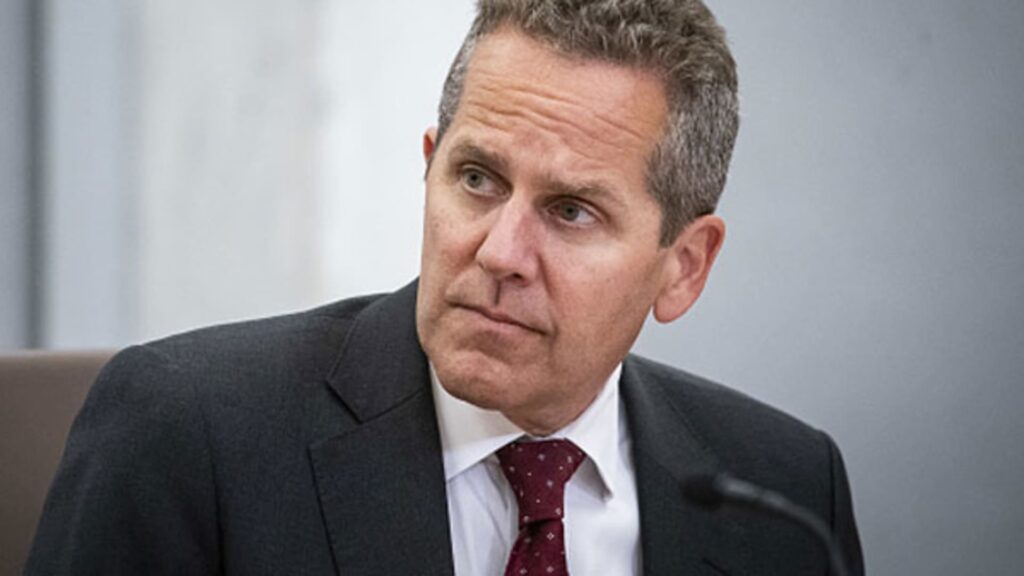Michael Barr, vice chair for supervision of the Board of Governors of the US Federal Reserve, during a Fed Listens event in Washington, D.C., on Friday, Sept. 23, 2022.
Al Drago | Bloomberg | Getty Images
The Federal Reserve’s top banking regulator said Monday that the failure of the Silicon Valley Bank was due largely to mismanagement, though he noted that regulation and oversight also need to step up.
Fed Governor Michael Barr, the central bank’s vice chair for supervision, insisted in prepared remarks to two congressional panels that regulators had noted issues with SVB’s risk management, but the bank was too slow to respond.
“To begin, SVB’s failure is a textbook case of mismanagement,” he said. “The bank waited too long to address its problems, and ironically, the overdue actions it finally took to strengthen its balance sheet sparked the uninsured depositor run that led to the bank’s failure.”
Barr is to address the Senate Banking Committee on Tuesday, followed by an appearance before the House Financial Services Committee on Wednesday.
The Fed is conducting a review of the SVB collapse with findings set to be released May 1.
Along with the examination into what happened specifically with the bank, Barr also noted that the probe will examine whether the Fed’s testing of risk was adequate.
“Specifically, we are evaluating whether application of more stringent standards would have prompted the bank to better manage the risks that led to its failure,” he said. “We are also assessing whether SVB would have had higher levels of capital and liquidity under those standards, and whether such higher levels of capital and liquidity would have forestalled the bank’s failure or provided further resilience to the bank.”
SVB failed after a run on deposits revealed a duration mismatch in the bank’s bond portfolio. Specifically, the bank was holding long-dated securities that fell in value as yields increased. When it had to sell some of those asset at a loss to cover deposit…
Read the full article here





